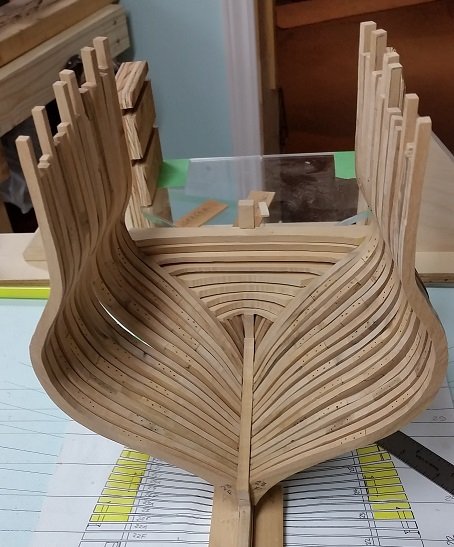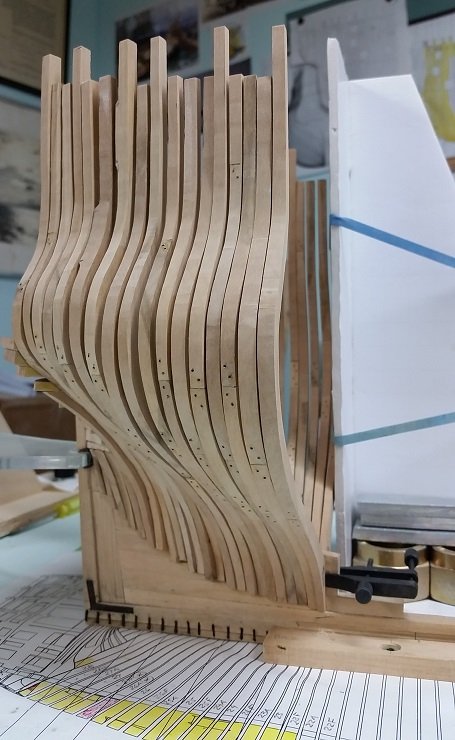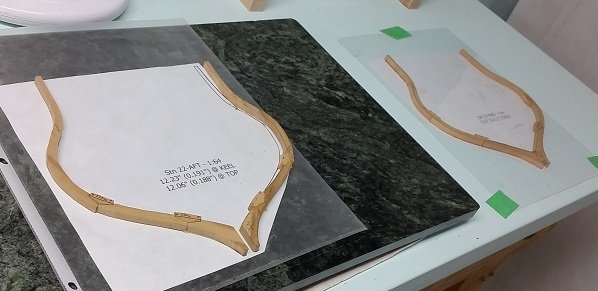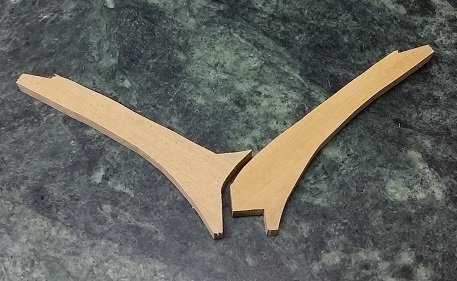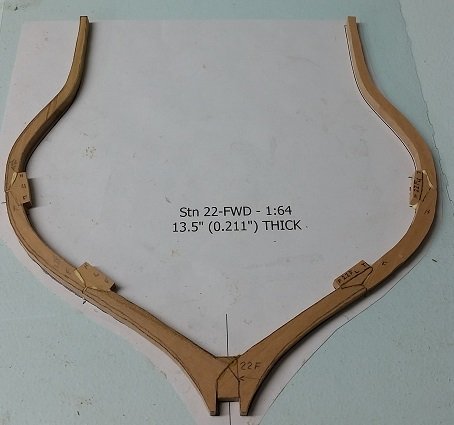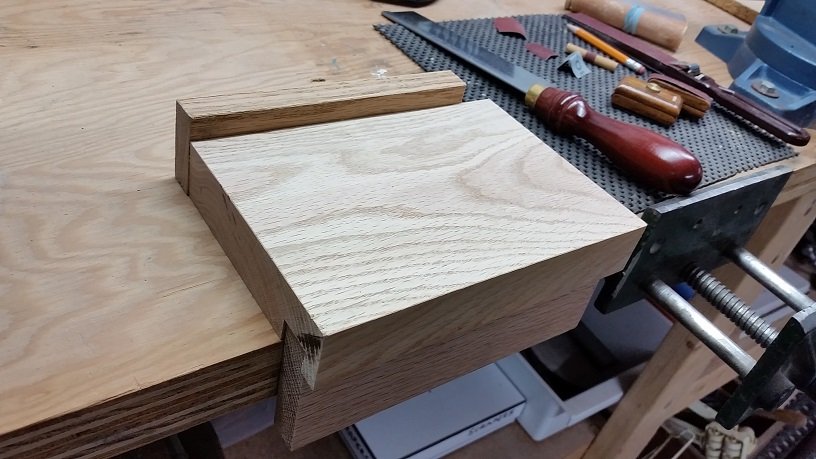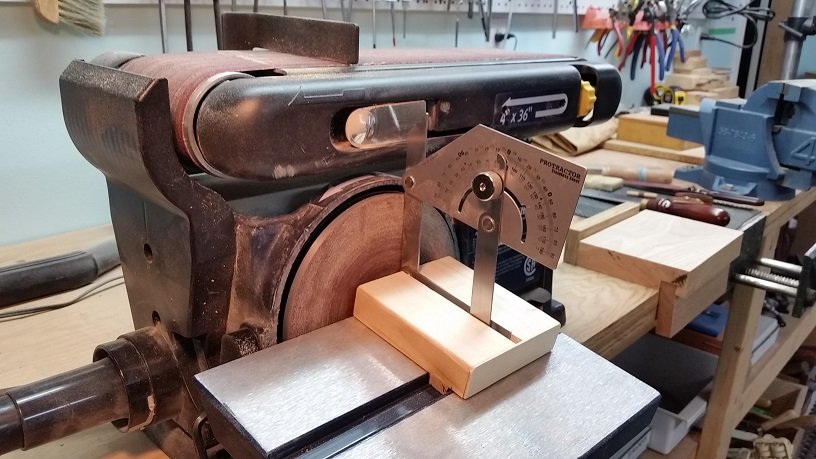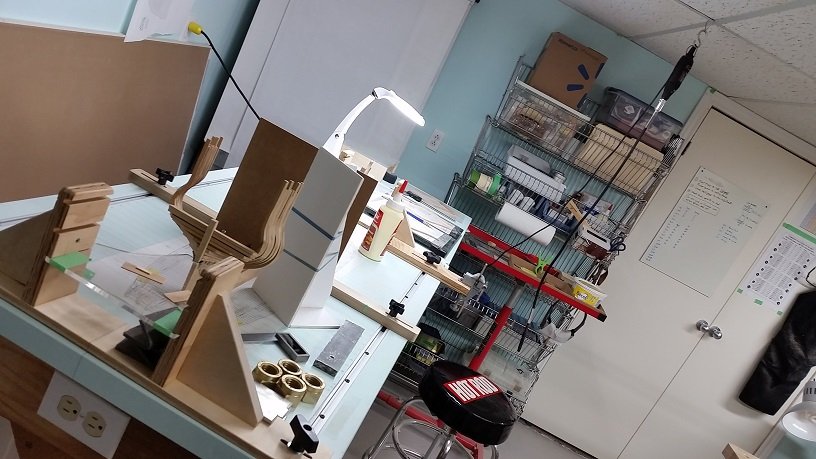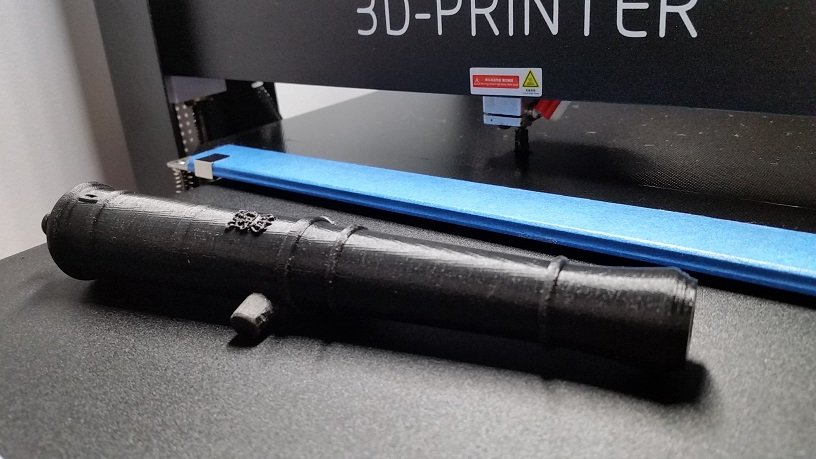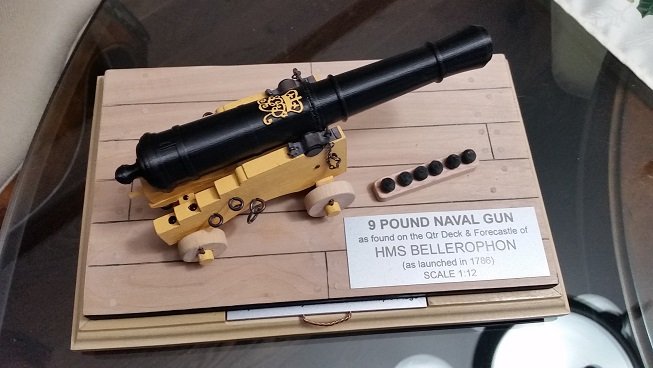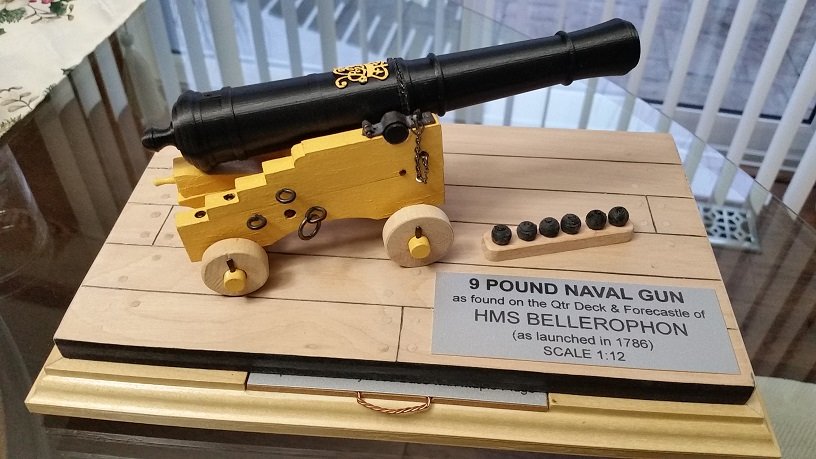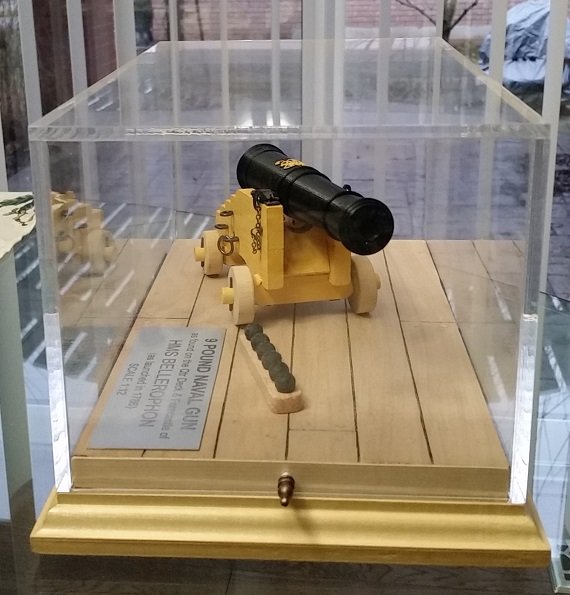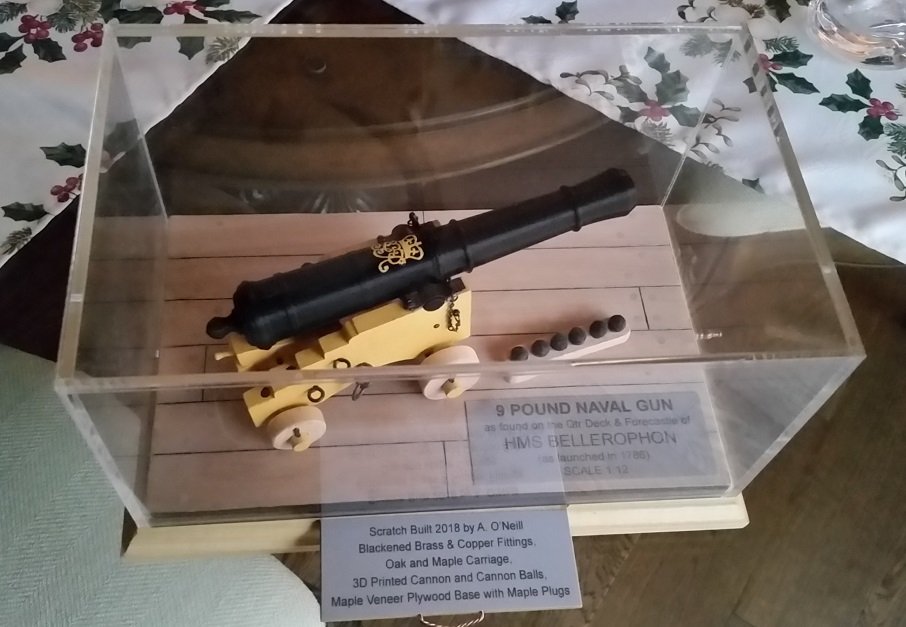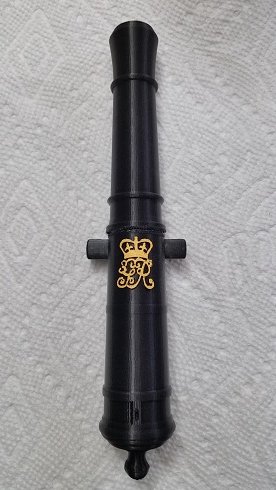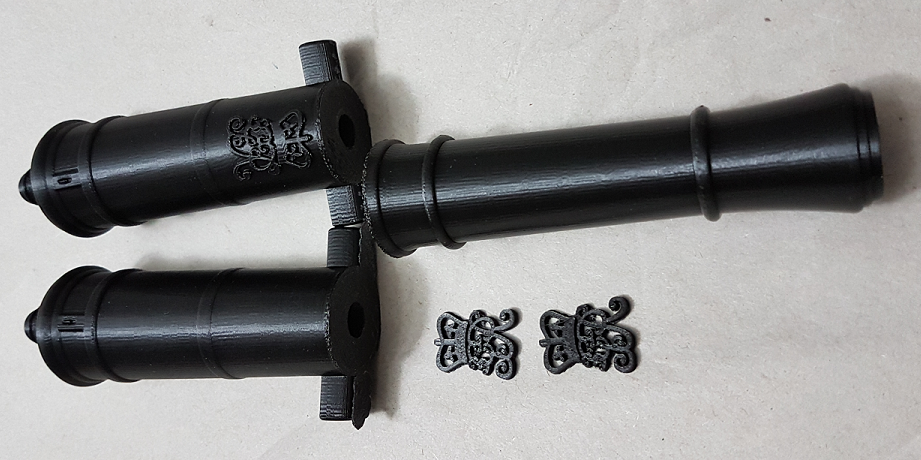-
Posts
2,871 -
Joined
-
Last visited
Content Type
Profiles
Forums
Gallery
Events
Everything posted by AON
-
Welcome Robert. I've been retired two and a half months, laid off (mutual agreement) seven months prior to that. I am more busy now than ever, chasing all the things that interested me and I hadn't the time before... and finding new interests. I find the days are too short and the nights too long. Back in 1990 I was off due to medical reasons and when well enough ... and thoroughly bored... I turned to model making too. I do know how you feel. My whaler build got me through the worst of it, gave me a focus. You will find no better support group (for modelling) than here... second to the "little boss" of course!
-

De Zeven Provinciën 1665 by Dražen - Scale 1:45
AON replied to Drazen's topic in - Build logs for subjects built 1501 - 1750
simply masterful!- 487 replies
-
- ship of the line
- 80 guns
-
(and 1 more)
Tagged with:
-
I have gone down to the dungeon half a dozen times today trying to figure out why the width aligns perfectly with the plan below but the contour of the aft frames don't "flow" naturally into this square frame. Now that you've asked the question the answer to my concern is obvious! I need to check if it should have been tapered. Also, I was reading in TFFM yesterday about the addition of a cross support and was once agained amazed at the authors foresight... or possibly it was a lesson he learned the hard way. I will be removing the frame in a couple minutes. Thank you.
-
At 6:10 AM today I reached a milestone. I spot glued my last aft cant frame. Her sister (the mirror image frame on the starboard side) gave me all kinds of trouble because of the steep radius on the outside of the lower futtock that mates to the aft deadwood. I had been clamping the frames to the deadwood with a spring clamp (similar to a clothes pin) at this point, but the slope of this one caused the force of the clamp to push the futtock upwards, climbing out of position. I tried a bulldog clip above to stop the migration but it just climbed over that. I then tried other clamps but nothing worked. Finally I used the nose of a mini clamp to simply push the frame against the one behind and this worked. There will be two more frames ahead. They are made up and need some sanding, drilling and installation of the faux bolts through the chocks first. The second last frame is another half frame whereas the last frame to install will be the first full square frame, first to wrap over the keel and not be setting onto the stepping line. It's lower futtock joint was a real treat as a new challenge... I had to do the one half twice to get it correct. Once I have this in place I will install temporary spacer blocks near the top of the frames to stiffen it up for sanding.
-
Our next meeting is presently scheduled to be on Feb 10th. I will miss this meeting due to a scheduled injection in my eye. The meeting falls in my recovery time. They are discussing rescheduling this meeting (no, not for me) and if so I can ask then, but I feel they (David and Greg?) simply haven't decided as yet. I am sure I will have an opportunity to ask David, but I imagine it takes a bit of effort before they can make a commitment.
-
At this point I am still roughing out. Started by cutting a small block of boxwood (Linden) and marked off the center line, then traced the outline of the image on all four sides. Presently removing down to near proper depths to reveal a block 3D image. Then will come shaping. Likely I will do the heads first, then the arms and wings and work down.... but today I have to glue another frame on my build and then cut more slats, plane to thickness, trace and scroll out yet more frames.... one quadrillion to go!
-
Regarding progress on the figurehead... I am leaving the larger version for the summer but did start the smaller version. The big one is a nice project for the outside patio. The small one is my first stab (spear pun intended) at such a tiny carving. Nothing to brag about as yet. It will likely become kindling and be replaced by a second and third try. I started with my dremel but do not like dealing with the "fur" it creates so I've reverted to my miniture chisels and knives. It is a part time project... forcing myself to walk away and think about the next slice before I screw it up too early in the game. If this one becomes a keeper it will be a fluke. I noticed Admiralty Models is considering having a carving seminar in the future. Not sure if it would be held south or north of the longest ungaurded border... but it got my attention and I am waiting for more news.
-
Good morning all. The mention of a "pool" type water collection area over the quarter gallery to provide flush toilets for the officers caught my attention. In my research on "pissdales", there size, shape, locations onboard ships of the line, I found the following... In Joe John Simmons III thesis entitled The Development of External Sanitary Facilities Aboard Ships of the Fifteenth to Nineteenth Centuries for his MA in Anthropology at the Graduate College of Texas A&M University dated Dec 1985 he states the following (see screen capture from thesis below)... As the Bellerophon was completed in 1787, she therefore did have this "pool"! Very interesting.
- 366 replies
-
- bellerophon
- victory models
-
(and 2 more)
Tagged with:
-
Short update and more. If you're visiting you are probably wonder where had I gone and what have I been up to? Well I am back on my build, have been for weeks. I can proudly say it no longer bothers me to remove frames. It used to tear at my heart and soul. Lord knows how many times I've put them on and taken them off in the last few weeks. I do not give it a second thought anymore. I have gotten frames installed past the location where I last stopped before summer. To recap, I had taken them all off back to the Forward Fashion Pieces, and then I swung my hand over the model and snapped off one of the two forward fashion pieces. It has been remade and installed and it is all now looking good with good alignment. After too many removals and re-installations my CDO (OCD for others) is satisfied. The plan is that I will be putting all frames in (sanding to shape when the aft cant and fore cant frames are installed and then again when those between are in) then marking off the gun ports, then removing frames individually, cutting the gun ports and notches for the cills, and finally replacing them as I go along. It will be a long process as I have many interests and diversions and so do not seem to advance as quickly as other modellers. I will only post when I've something substantial or worthy to look at (or am stumped and need advise) so do not think I've gone for good if you don't see a progress report for awhile. Building and installing frames is repetitive work. Meanwhile I have been lucky enough to have had an opportunity to review all but ten of the 150 issues of the Model Shipwright Magazine (1972 - 2008) and have scanned numerous articles, tips and tricks, etc. that caught my fancy. I will be getting a few more next month. From these I got the idea of a hardwood cutting (sawing/chiselling board). So Yesterday I made one. This inspired me to make a holding setup block for my protractor to free up my hand when setting the adjustable bed on my sander. I had tried numerous methods from clamps to different style protractors but the one in the photo below is my favourite and now I can have one hand on the Allen Key and the other holding the bed. I also attached one photo of my build table as of this morning. Before Christmas I had built a 1:12 scale 9 pound naval cannon (posted on the forum). The cannon and balls were 3D printed for free at the local library. After several attempts they got something I could use but it was in two halves (Breech/Muzzle) and I had to 2 part epoxy glue it together. I found the insignia difficult to see through the Plexiglas case so I had increased the size and finally coloured (painted) it to highlight so it would stand out. I have since purchased a 3D printer and have printed a one piece cannon (1:12) with the insignia at the proper size. One fellow at our club at our meeting earlier this month told me how to clean up the plastic a bit and paint the cannon with an acrylic flat black spray paint. He says the insignia will likely be more noticeable if flat black versus the shiny plastic. So I will be attempting this. Meanwhile I've been trying to print it at 1:64 scale. My first few attempts were a disaster. Today's attempt was better but not quite there yet. Too many adjustments to get it right for the small scale and specific type of PLA plastic... the learning curve. The picture below shows my one piece 1:12 print along with the printer attempting the 1:64 in the background. I apologise for the long story but you may not see another post for awhile.
-
Good afternoon Mark, As per your request in our earlier PM's I am posting the info here regarding another method to create a scale insignia, or more properly... "Relief sculpting methods for model details". We had our local club meeting on Sunday and I've just updated our website with blogs and photos from that meeting. The method used to sculpt small details was with Weldbond Adhesive. He applies it with the pointy end of a tooth pick and says he has about 5 minutes time before the supply source (he had deposited on a card that he picks off of) sets up. Then he simply squirts some more onto the card and takes droplets from it with his tooth pick and touches it to his model to shape and build up his insignia. It is white (like white glue) when wet and cures transparent. He says it can be scraped and sanded after cured and if it is still not quite right it can be added to afterwards. It works best on porous material (wood) but he is presently using it on copper tubing successfully. He has examples of actual royal insignia on cannons but they are stored away in his son's garage and to use his words, it was too darned cold out there so he gave up looking! For anyone that wants to try this, he suggests you play around with it a bit to get a feel for it and the setup time before you use it on your model. He will be giving a demonstration at our April 14th meeting. For anyone interested in seeing a small sample of his sculpting a photo is posted on our club website: https://modelshipwrightsofniagara.weebly.com/ Please go to our BLOG page and scroll down to January 13th.
-
Mark Re making mistakes... I know this feeling well. Walking away always works so long as I remember to come back. Druxey Re Magic tape After googling it I feel a bit dumber than usual. I normally call it Scotch tape or generically call it Transparant tape. I never noticed the packaging claimed it was magic 😉
-
Completed. Thank you all for following, your "likes", comments and help. Wishing everyone a Merry Christmas and Happy New Year!
- 125 replies
-
- 9 pound naval cannon
- 3d cannon barrel
-
(and 1 more)
Tagged with:
-
You are correct! ** The problem is that it is practically indistinquishable in black shiny plastic on the black shiny plastic... and worse when forced at a distance (through an acrylic case). I even strayed by making the insignia a little larger this time in the hopes it might make a difference but it did not. What the eye cannot see (even my good eye) is sometimes unbelievable. I learnt this lesson during my industrial heat treatment furnace designing career with safety yellow perforated machine guards. The eye will not see through them but will look through black so I would have portions of my machine guards painted black so operators and maintenance people could see motion through them. I did not agonize over this decision as I did with a few others. It is pretty nice looking... and I like it. Unlike learned people like yourself and others on this forum, most people won't know and will hopefully be focused as I am at how damn good looking it is. Father, forgive me, for I have sinned. **NOTE: please see post #124 dated 26 Feb 2012 for an update on painting the royal cypher
- 125 replies
-
- 9 pound naval cannon
- 3d cannon barrel
-
(and 1 more)
Tagged with:
-
After recovering from my worst yet needle in the eye .... I cleaned the supports off the trunnions and glued the two pices of the cannon together. I will not be touching the piece up at all as I want it to be realized to be 3D printed. I had smoothed off the cannon balls a bit which resulted in a dull finish and they are almost unrecongizable as having been 3D printed. I am happy with them but do notwant the gun looking anything like this and do not want to have to paint it black. We had had a presentation on Adhesives (Glues) at our September meeting of the Model Shipwrights of Niagara ( https://modelshipwrightsofniagara.weebly.com/blog ) and were told about the websites https://www.thistothat.com/ and http://www.thebestglueforplastic.com/ I found the best glue for PLA was a 2 part epoxy and it worked wonderfully. I also painted** the royal insignia by applying a small amount of paint to my finger tip and dabbing it to the raised insignia. Literally waiting for paint to dry now. **NOTE: Please see post #124 dated 26 Feb 2012 for update on painting the royal cypher
- 125 replies
-
- 9 pound naval cannon
- 3d cannon barrel
-
(and 1 more)
Tagged with:
-
I picked up my new 3D prints from the local library this afternoon. This was extremely fast, they must have enjoyed the challenge. It was different from the usual mundane items they print. Two sections printed vertical (standing on end). One muzzle and two breeches with one version of the breech with the insignia. This is what was on the note they sent me: In terms of the flat insignia, it didn't come out very clearly when we used the file's default thickness, but when we added another millimeter to its depth it came out much more clearly. You should be able to sand this thicker version down to get the look you want. The version of the breech with the insignia on it also looks surprisingly good. All files were printed on the "Hyper" resolution setting with a layer height of 0.8mm. When printing the insignia, I slowed the print speed down to 20mm/s to ensure the details came out as precisely as possible. They look a million times better than the earlier horizontally printed halves. Judge for yourselves...
- 125 replies
-
- 9 pound naval cannon
- 3d cannon barrel
-
(and 1 more)
Tagged with:
About us
Modelshipworld - Advancing Ship Modeling through Research
SSL Secured
Your security is important for us so this Website is SSL-Secured
NRG Mailing Address
Nautical Research Guild
237 South Lincoln Street
Westmont IL, 60559-1917
Model Ship World ® and the MSW logo are Registered Trademarks, and belong to the Nautical Research Guild (United States Patent and Trademark Office: No. 6,929,264 & No. 6,929,274, registered Dec. 20, 2022)
Helpful Links
About the NRG
If you enjoy building ship models that are historically accurate as well as beautiful, then The Nautical Research Guild (NRG) is just right for you.
The Guild is a non-profit educational organization whose mission is to “Advance Ship Modeling Through Research”. We provide support to our members in their efforts to raise the quality of their model ships.
The Nautical Research Guild has published our world-renowned quarterly magazine, The Nautical Research Journal, since 1955. The pages of the Journal are full of articles by accomplished ship modelers who show you how they create those exquisite details on their models, and by maritime historians who show you the correct details to build. The Journal is available in both print and digital editions. Go to the NRG web site (www.thenrg.org) to download a complimentary digital copy of the Journal. The NRG also publishes plan sets, books and compilations of back issues of the Journal and the former Ships in Scale and Model Ship Builder magazines.




